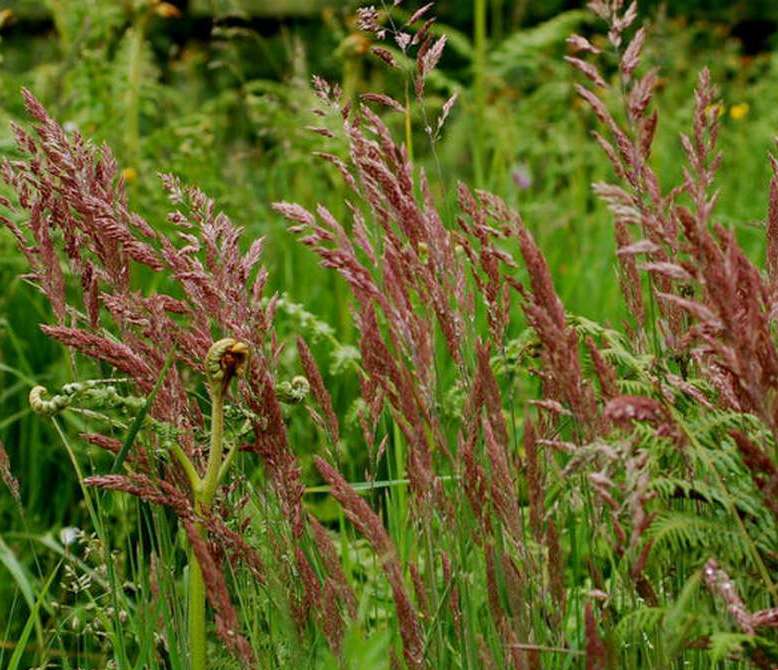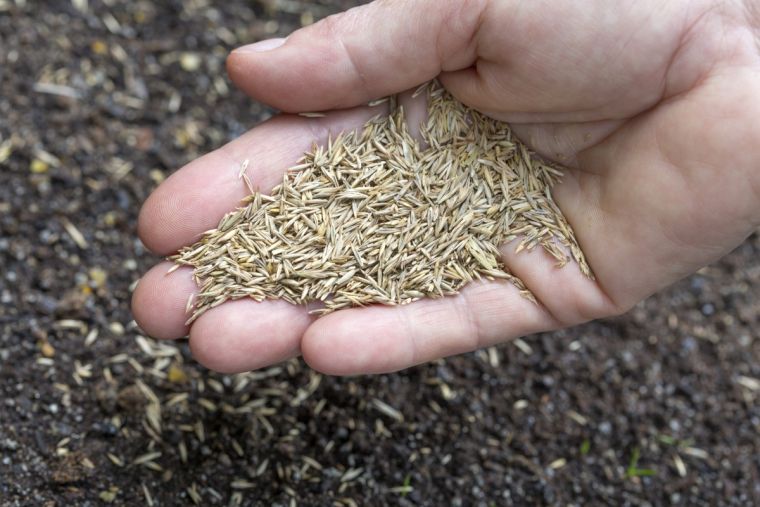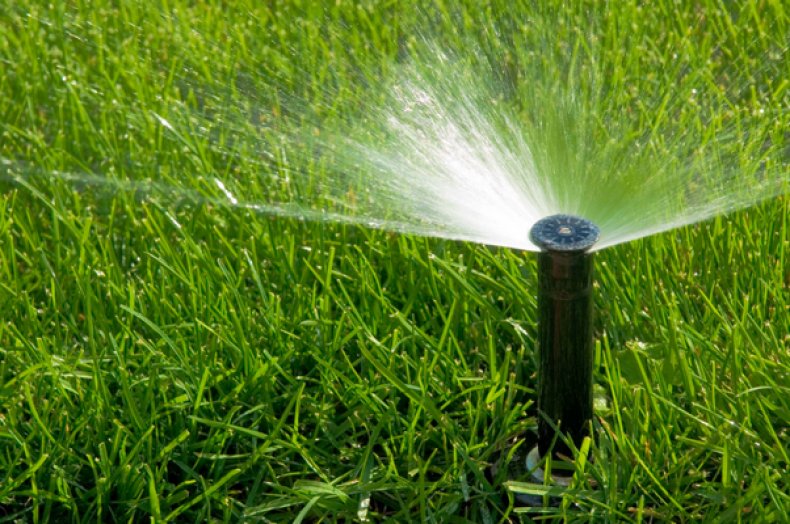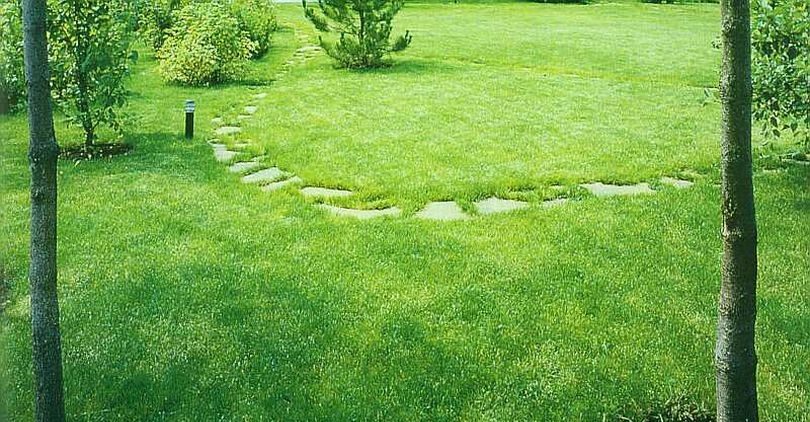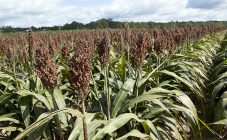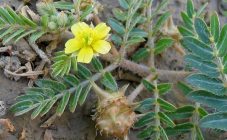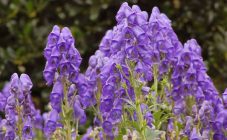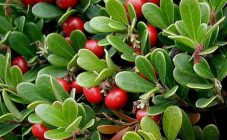Content:
Fescue belongs to perennial plants of the Cereal family. It grows throughout the Northern Hemisphere. Unpretentious and frost-resistant grass can be found in meadows, mountain slopes, and is used with great success for decorating flower beds and lawns. In the wild, it can be seen in all European countries and in temperate regions of Asia. The plant has beautiful elongated leaves and a high density, which allows you to create a uniform lawn with this grass. The perennial plant forms a dense and durable sod thanks to its powerful root system. The plant begins to bloom at the end of May.
Varieties of fescue
Lawn grass has several varieties, each of which will decorate any personal plot:
- Hairy fescue has short roots, but has a good density. This variety of fescue perfectly tolerates lack of water and soil salinity, so it can be sown along transport roads.
- Tough fescue is a hardy plant with dark green leaves. It has no rhizome at all, so fescue is grown, the grass is tough, usually with lawn plants that have good roots.
- Meadow fescue grows very quickly and has soft stems that do not thicken as they grow. In landscape design, meadow fescue is used for the lawn, for decorating gardens and squares. The plant tightly tightens the ground surface already in the first year of planting. The resulting meadow fescue seeds can be collected and planted next year.
- Red fescue is the most densely growing herb among the representatives of this plant. It has stronger roots that adapt quickly and cover empty spaces. The plant is suitable for complex lawn planting.
Red fescue for lawn
Plant height can reach 70 cm, creeping rhizome, often branched, is close to the soil surface (not lower than 20 cm). If red fescue lacks moisture, the roots can go deep into the ground up to a meter away. Narrow and long leaves no more than 3 mm wide, extending from the base of the straight stem. The stems have a smooth texture that can sometimes be somewhat rough. With the beginning of the summer period, the grass forms a kind of ears, from which panicles of a purple or red hue begin to form. From this came the name of the plant.
Lawn grass goes well with other plants. The seeds for the mixture must be selected in such a way that the plants complement each other, and their neighborhood pleases the owners of private estates with a beautiful and dense flowering. Fescue seeds are light brown in color and elongated.
Reproduction
Before you start sowing plants, you need to prepare the soil.Although fescue is an unpretentious herb and can grow in any land, it thrives best in fertile soil. The plant reproduces in three ways.
Sowing with seeds
For planting seeds over a large area, you can use special seeders, and if you need to sow a small area, you can sow manually. It is best to sow the grass in the fall, then the next year at the end of spring a beautiful lawn will already form. Sowing the grass is recommended by the nesting method. To do this, you need to make a small depression in the ground and fill it with some seeds, then sprinkle it with earth on top. The next hole should be made at a distance of 20 to 25 cm. Fescue seeds can be harvested by yourself after the grass has faded, or bought at the store.
Seedlings
For this method, you must first prepare boxes of earth. It is advisable to add peat and sand to the soil. After that, the seeds of fescue should be scattered over the surface of the prepared soil and slightly compacted. The boxes should be moved to a cool, dark place. After the sprouts appear, the seedlings can be placed in a bright place. Sprouts are planted in the ground, which have already appeared several leaves. It is necessary to plant the grass in bundles at a distance of 20 to 25 cm from each other. It is recommended to sow seedlings in March, so that ready-made seedlings can be planted on the lawn at the end of May.
By dividing the bush
This breeding method is relevant at the beginning of summer. For the propagation of fescue, you need to dig up the grown plants and separate them, then plant them in prepared soil.
How to properly care for fescue
Lawn grass fescue adapts well to any conditions and is rather picky. For healthier, stronger plants, choose well-lit planting areas. Any soil is suitable, but if you want to see a thick cover of healthy cereals on the lawn, then it is better to prepare fertile loose soil for planting. The plant is great to tolerate drought, but regular watering is necessary to get more spiky shoots. Mulching the soil will have a positive effect on growing full-grown plants. To do this, the soil in the lawn is lined with decorative stones - it will be difficult for weeds to grow among the stones, and moisture will evaporate very slowly.
When a plant grows panicles, it is recommended to remove them, otherwise the stems are severely depleted and the grass becomes weak. Removal can be combined with mowing the lawn.
The fescue herb is a winter-hardy plant, so there is no need to cover it for wintering. With the onset of spring, you can clean the lawn. To do this, dry weeds and dry fallen leaves are carefully removed with a rake.
Diseases
For the lawn, red fescue is more suitable than any other representative of its kind. The bright green carpet is not only highly decorative, but also resistant to various kinds of diseases. But there are diseases that can affect the plant:
- Powdery mildew. If the grass is affected by this fungal disease, then the first sign will be the appearance of small spots, which will become larger over time and become purple in color. Spots may appear on either side of the leaves. If the affected leaves are few, they must be removed. Plant bushes must be treated with a solution of soda ash with the addition of soap or manganese solution.It is recommended to spray the bushes of plants every week. To prevent the disease, it is necessary to spray the plants with special agents several times over the summer.
- Rust. This is a rather dangerous fungal disease for fescue grass. The disease can be identified by the presence of small orange or rusty spots on the leaves. As the grass grows, the spots gradually increase in size and lead the leaf to death. To change the situation and save the plant from this scourge, you first need to remove the affected leaves, and then treat all the bushes with special means.
This lawn grass is very rarely affected by harmful microorganisms. If it can be affected by diseases that even a novice gardener can easily cope with, then pests do not threaten fescue at all.
The use of fescue in landscape design
Red fescue is suitable for the lawn as a background plant to fill empty spaces on the site. It goes well with other decorative cultures. Using grass to decorate flower beds and lawns in combination with other plants will give a complete look to a decorative idea.
Lawn grass is a real decoration of any summer cottage or garden plot. And the unpretentiousness and beautiful appearance of fescue made it the favorite of many gardeners.
